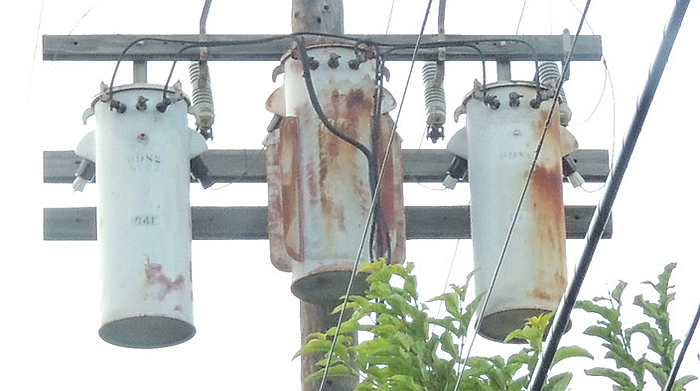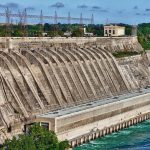Electrical Steel Shortage Could Hinder Outage Recovery

Image courtesy of Tonyglen14 under Attribution 2.0 Generic License, resized to 700 x 391 pixels.
A bevy of industry stakeholders have raised the red flag over the possibility that the current electrical steel shortage will create roadblocks when it comes to expanding the EV infrastructure, restoring power after an outage, and even building new homes and commercial businesses. We’ve all heard about the supply chain disruptions that have, among other things, made it more difficult to purchase transformers, but this issue, while related, is different. Let’s take a closer look.
Detailing the Electrical Steel Shortage Concerns
First off, let’s answer the question of why electrical steel is important in the electric utility industry – it’s because this material is used in the manufacturing of transformers, electric vehicle chargers, electric motors and other equipment. All of these items are critical when it comes to outage restoration, electrification efforts, and grid modernization initiatives.
Because of how important this is, several key industry stakeholders have banded together to ask President Biden to address it. The entities making this plea include the Edison Electric Institute (EEI), American Public Power Association (APPA) the National Rural Electric Cooperative Association, the Alliance for Automotive Innovation, GridWise Alliance, International Brotherhood of Electrical Workers, Leading Builders of America, and the National Association of Home Builders.
The stakeholders have asked Biden to initiate an “Electrical Steel Summit” to try and come up with solutions to this difficult problem. The primary challenge is that there is a dearth of supply – the only U.S. manufacturer of the material is an outfit called Cleveland-Cliffs, and the company told the DOE in March that scaling up production “would not be easy.”
Adding fuel to the proverbial fire is the fact that new transformer standards are earmarked to go into effect in 2027, and these new standards would make transformer procurement even more difficult.
The bottom line is that the electric utility industry is currently experiencing a mix of environmental and regulatory issues that will make it more and more difficult to operate in the coming years, and the electrical steel shortage is just the latest in a long line of challenges. The only thing we can do at this point is account for the possibility of transformer shortages in exercises and drills so we can be as prepared as possible.



